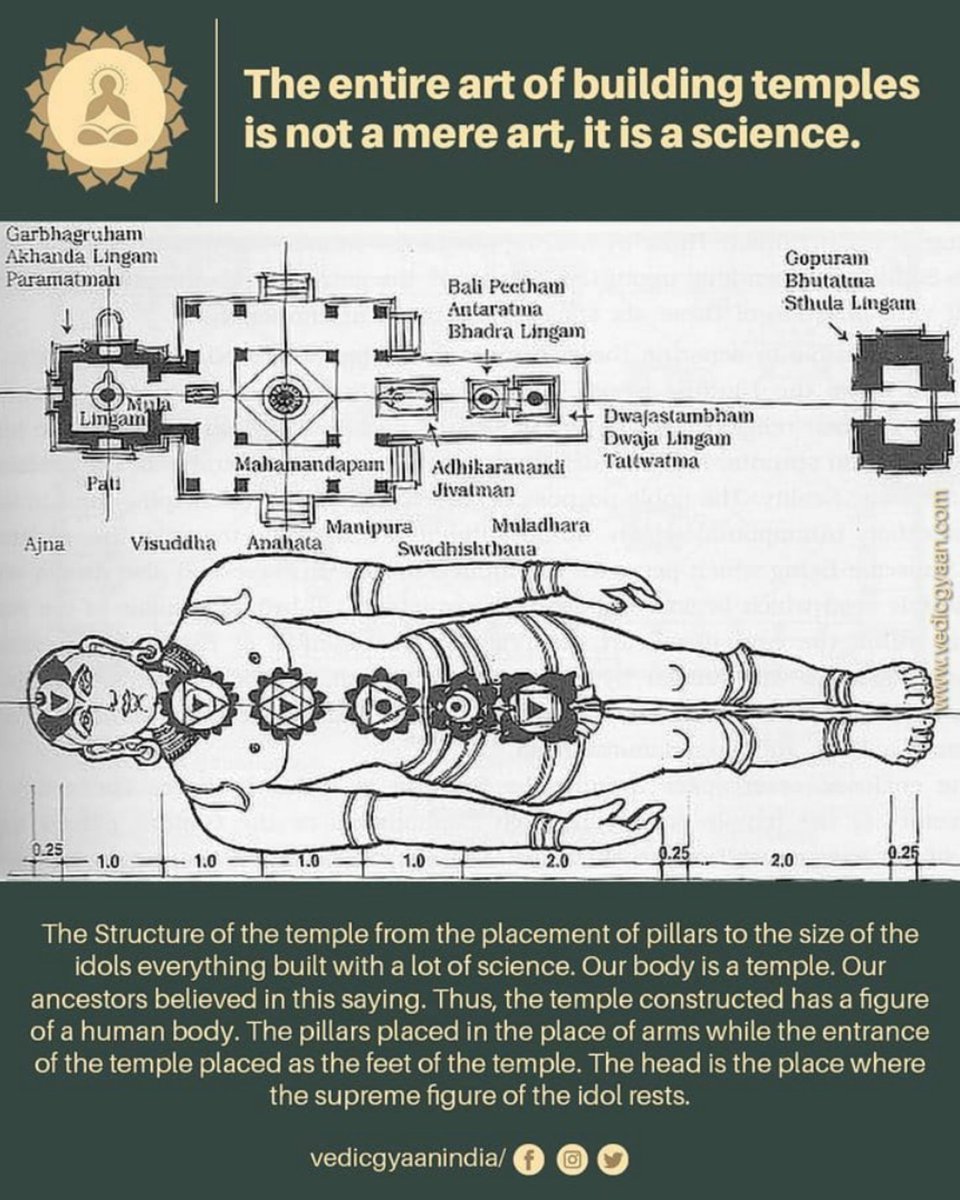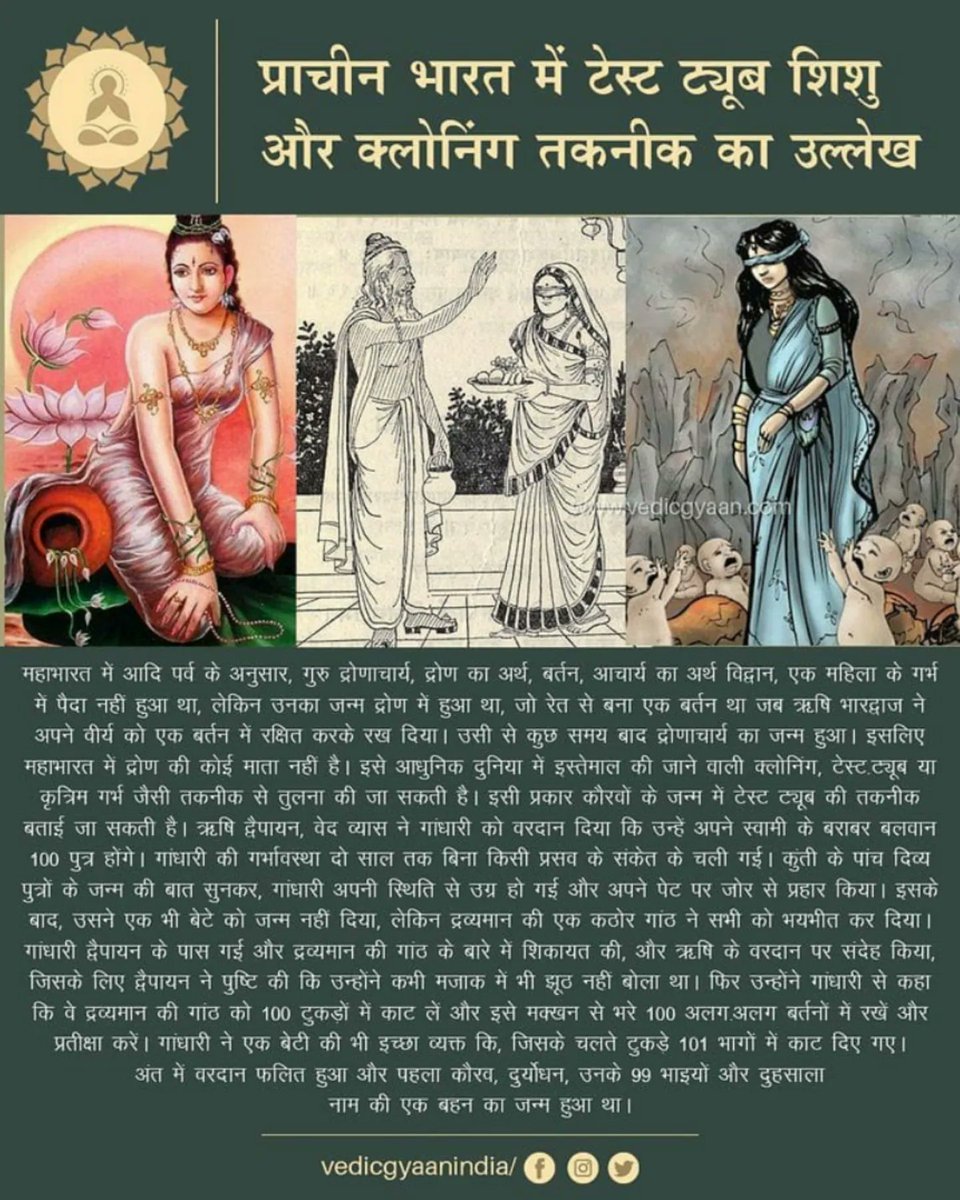
In our #science classes, we used to learn about atoms and molecules. We learned about several atomic #theories, first proposed by John Dalton in 1803. But did you know about Acharya Kanad’s notion of Parmanu proposed before Dalton’s theory? 



Do you know how his ‘anu’ became the ‘amu’ of Dalton’s theory? ‘Parmanu’ is a Sanskrit word that means ‘atom’. The concept of Parmanu found in many ancient texts was first given by Acharya Kanad, the father of the Indian Atomic Theory. It is a crucial concept in Indian philosophy
The Vedic texts mention the existence of Parmanu, which are indestructible and indivisible particles. The Vaiśeṣika Sūtra (Vaiseshika sutra), a Vedic text, describes the Parmanu as the smallest particle of an element that cannot segregate. His theory states that all matter
comprises atoms, which are indestructible and indivisible. He named this indivisible particle ‘anu’ that later became ‘amu’, as per Dalton’s theory.
The Parmanu are of different sizes and weights and are in constant motion.
The Parmanu are of different sizes and weights and are in constant motion.
This idea of Parmanu has significance in the field of modern physics. It helped the development of the atomic bomb and nuclear power.
Read Full blog on: vedicgyaan.com/the-idea-of-pa…
• • •
Missing some Tweet in this thread? You can try to
force a refresh










